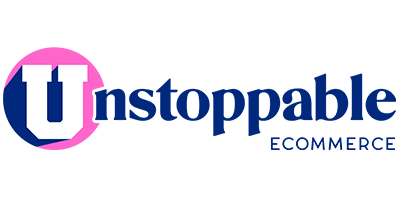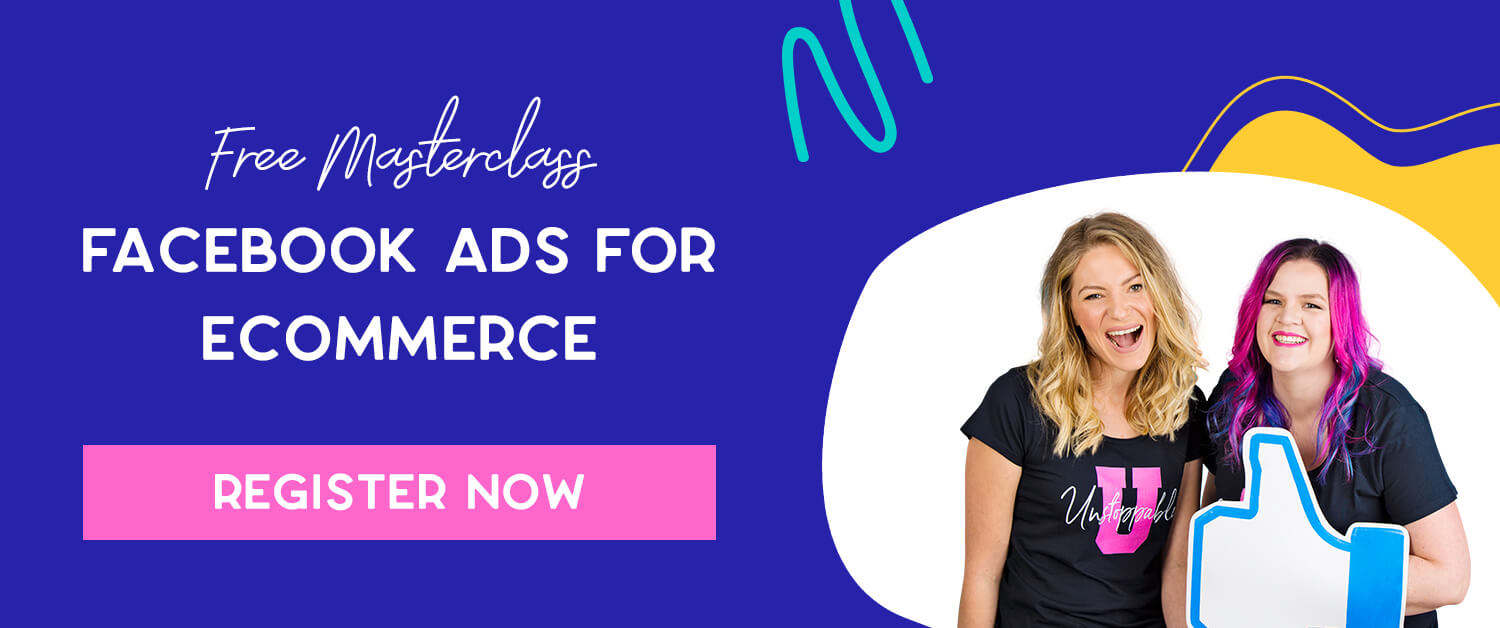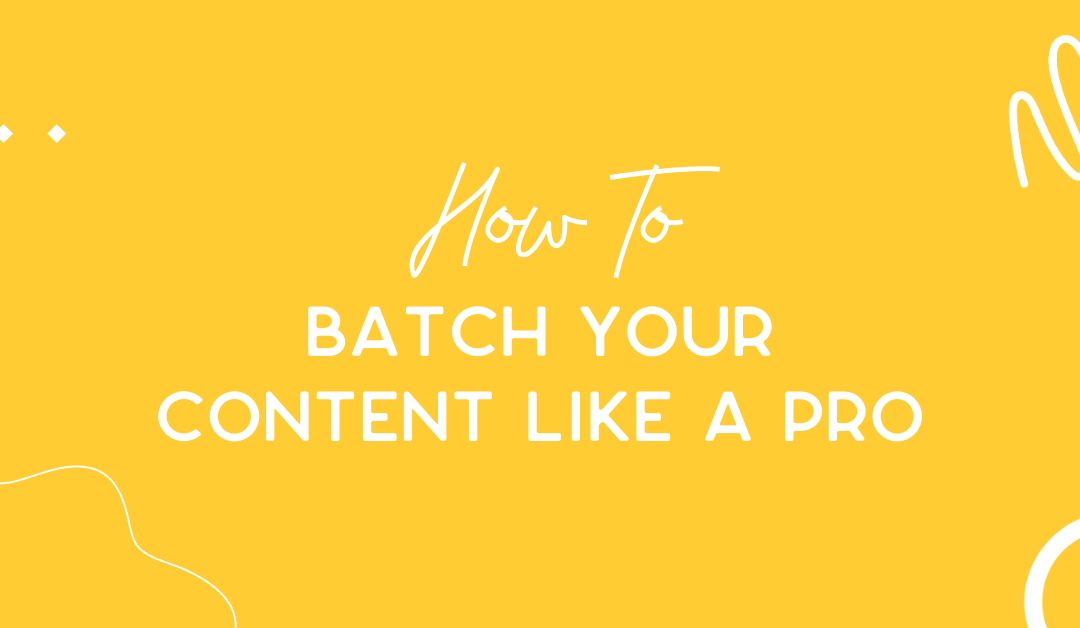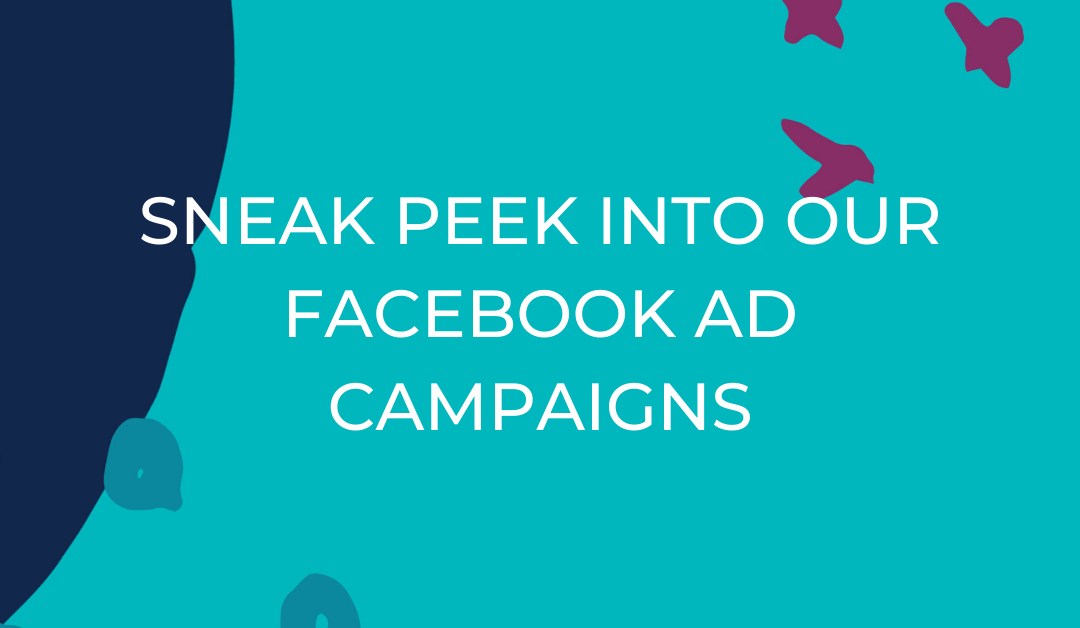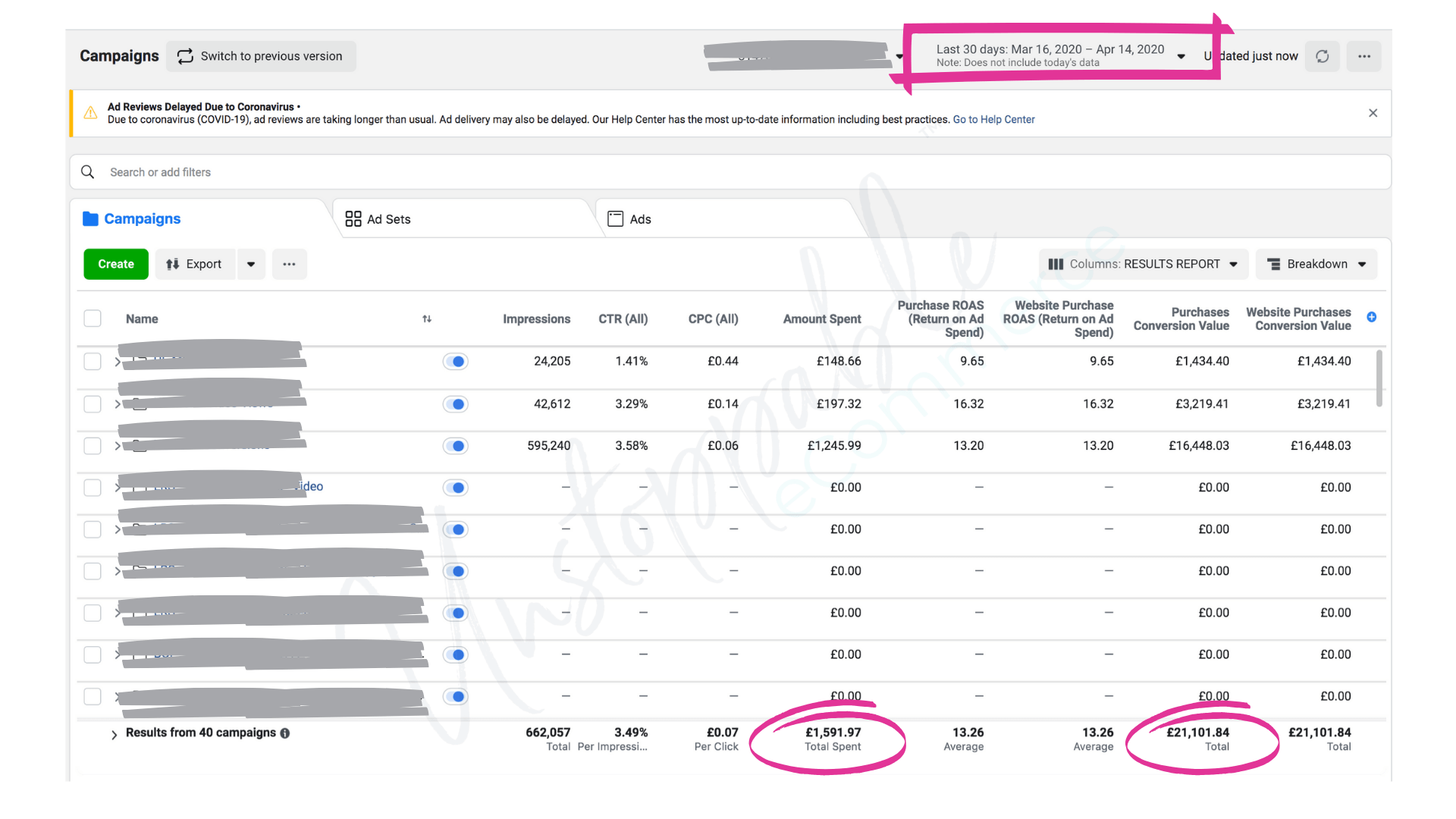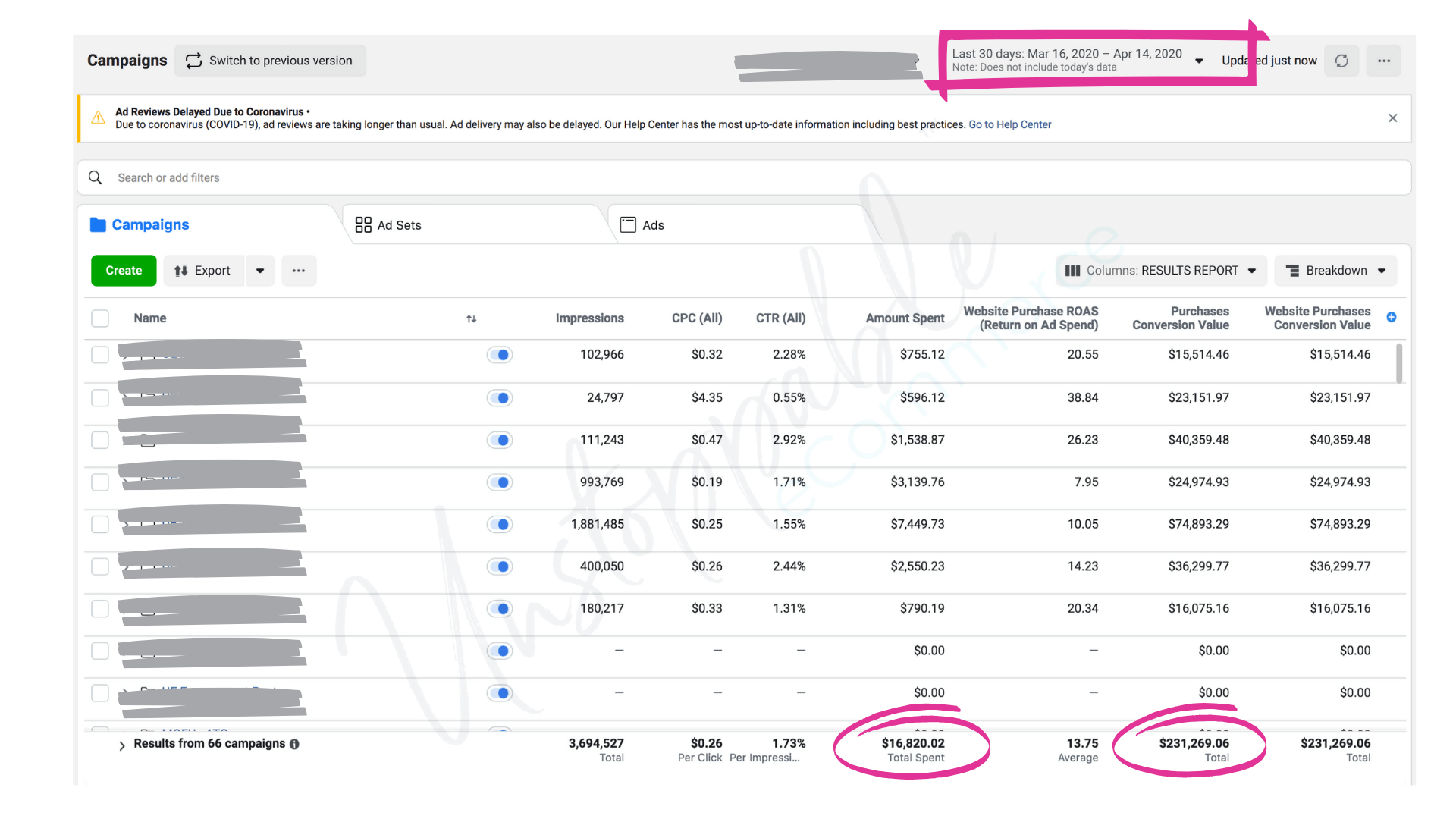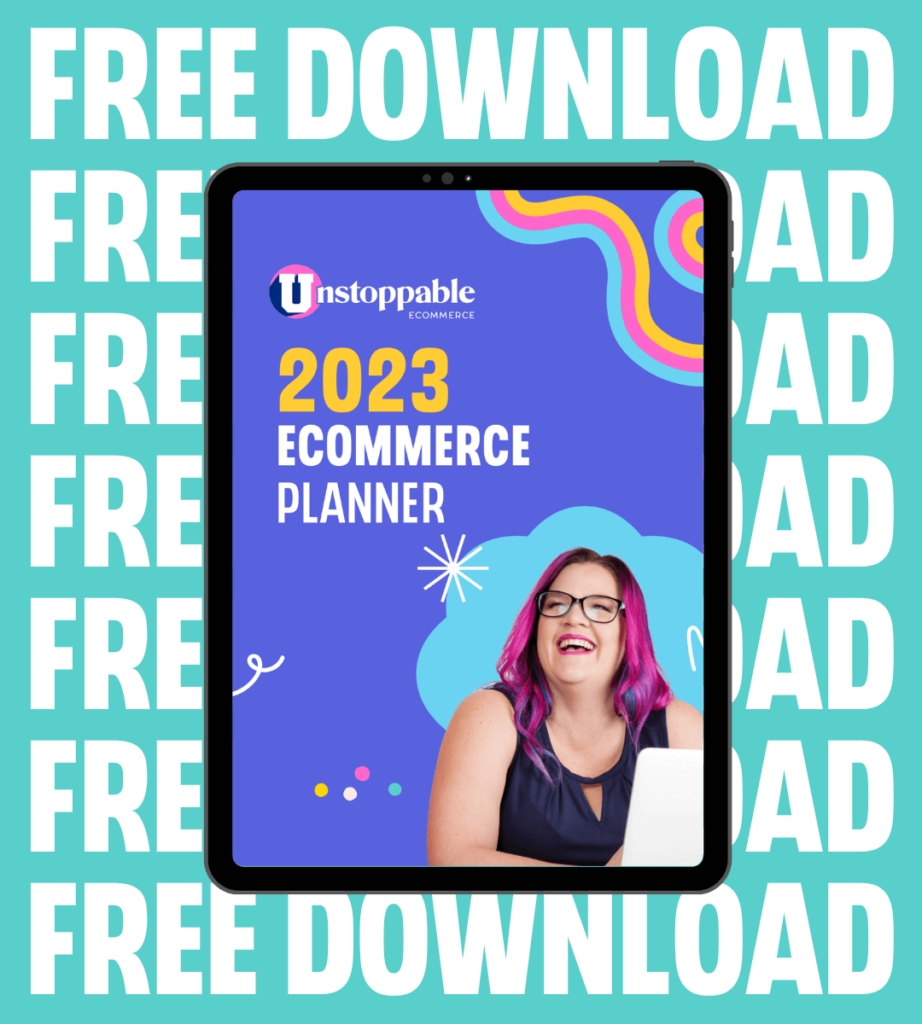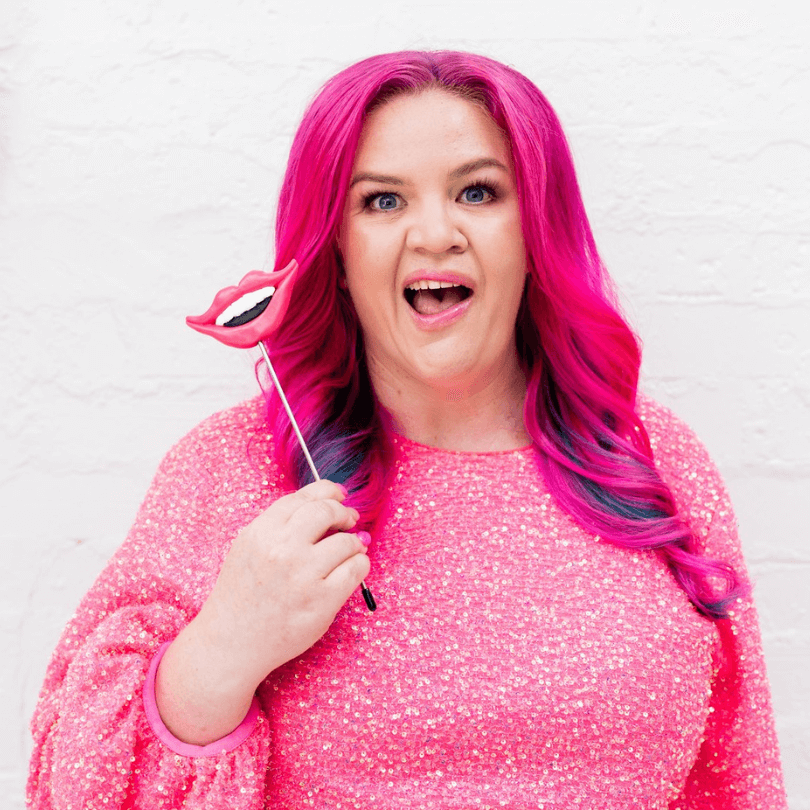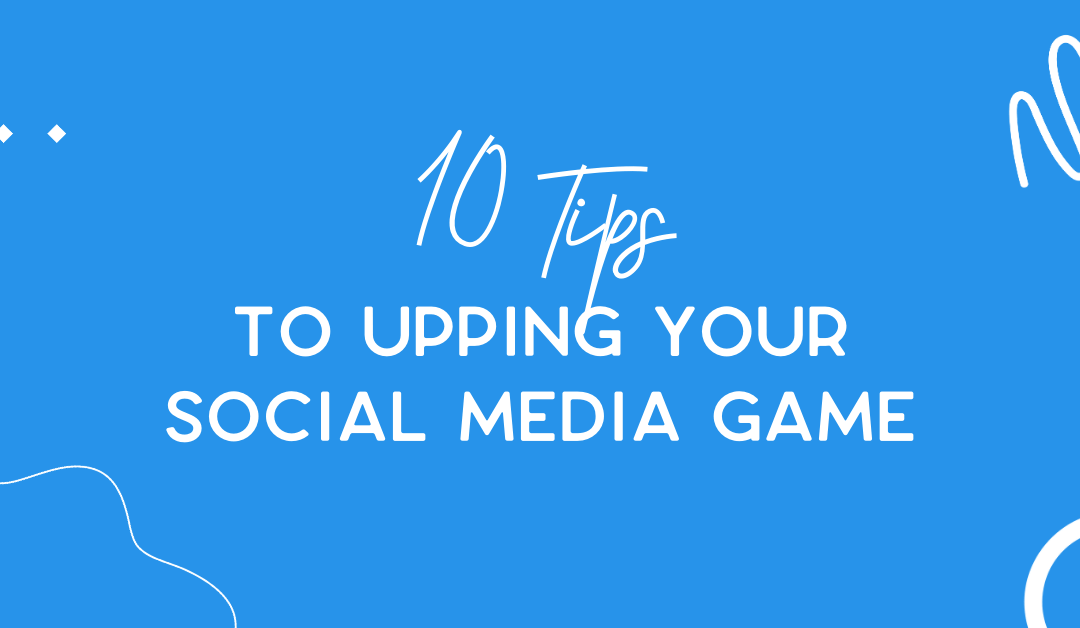
10 tips to manage your social media like a boss
Social media is a big deal for online stores. A good social media strategy can attract new customers, encourage repeat purchases and can often mean the difference between an eCommerce store with no sales vs a thriving online store.
Social media not only attracts sales organically; it also amplifies the results that paid advertising campaigns can achieve. When we are evaluating potential Facebook ads clients one of the first things we look at is their organic social media. We know if they have good content and high engagement, that we have a good basis to work from.
To celebrate social media week here are 10 tips to manage your social media like a boss.
1. Use the content pillars to plan your content
When planning your social media use the 3 content pillars. These are the 3 pillars that we developed to create unique, engaging and magnetic content for our clients.
The 3 pillars are:
- Discover
- Dream
- Do
Discover content is used to inspire your audience to connect with you. This is brand-focused content such as behind the scenes, brand story, problem/solution or engaging questions.
Dream content is used to inspire your audience to imagine themselves with your product. This is product-focused content such as user-generated, lifestyle, product spotlights, feature highlights and before and afters.
Do content is used to inspire your audience to take action. This is promotion based content and includes a call to action. This can be used to promote free shipping, a money back guarantee, special offers, limited stock and new product announcements.
Watch our training on the 3 content pillars here.
2. Don’t spread yourself too thin
Your time, energy and resources are limited. Too often entrepreneurs try to do all the things. You start strong but then get distracted and social media is often the first to go. Think of your energy, time and resources like a spoon full of jam. You can make one really good sandwich or you can try to make a loaf full of pretty crappy ones. We recommend online store owners start with Instagram and Facebook. Once you get a rhythm going and you start to see what’s working, you can test other platforms but don’t try to do it all at once.
3. Humanise your brand
People relate to people. Humans buy from humans. In a world of highlight reels and shiny Instagram feeds, people are craving a real human connection.
Brands that have a human presence behind them – connect, align and convert. By giving your customers someone to connect to, your brand will be more memorable, more magnetic and more attractive.
Step out from behind your product, and let people get to know you.
4. Use user-generated content
User-generated content (UGC) is content your customers have created for you. They include real lifestyle images, before and after and sometimes people will even go to the effort of creating a flat lay for you.
User-generated content creates so much trust because they show your potential customers that other people have bought your product and love it. It’s the ultimate social proof.
People trust other customers far more than they trust brand-produced content. With UGC you are letting your customers tell your brand story for you.
By the nature of what it is, you can’t produce user-generated content so you need to encourage and collect this from your audience.
Customers may organically share pics of your products on Instagram. If they do, share it and be sure to tag and thank them.
Sometimes they need a little encouragement. You can do this by including something in your parcel and in your post-purchase communication.
5. Batch your content production
Batching content will save time, energy, and stress. When you batch your content you stay in control and out of last-minute reaction mode trying to bust out content… again. Learn how to batch content like a pro here.
6. Schedule your social media content
Once you’ve batched your content, schedule it out. While we wait for the bugs to be ironed out of Facebook’s creator studio, we use Later to schedule our Instagram posts. We like to schedule Facebook content directly within Facebook using the schedule feature.
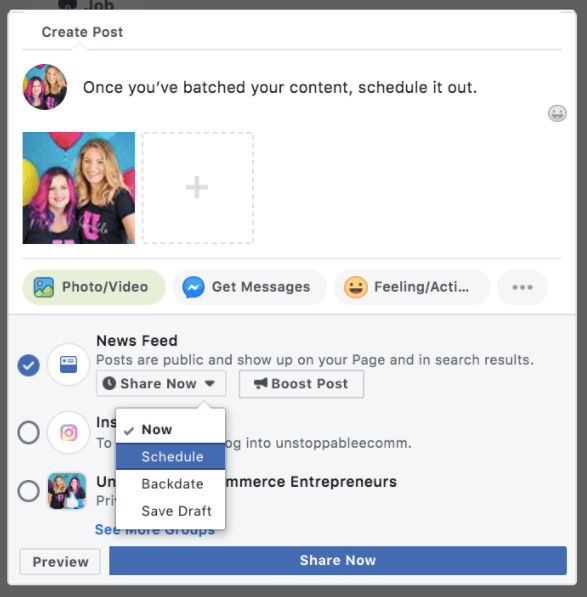
7. Consistency is key
With social media, consistency is key. Don’t commit to a content schedule that’s not sustainable. Choose a posting schedule that you can maintain for the long haul. At the time of writing this, we recommend one post per day on Instagram and Facebook and at least one email per week.
8. Manage your social media or it will manage you
If you don’t manage your social media, it will manage you. Turn off the notifications on your desktop and phone. You don’t need to know every time someone likes or comments on one of your posts (no really, you don’t). Respond to comments and engage with your audience at a few preset times throughout the day.
9. Treat social media as an important business tool, because it is
Your social media is a serious business tool, so start treating it like one. Set aside high-productive, uninterrupted time to plan, batch and schedule your social media. Treat it like your business depends on it — because it does.
10. Progress over perfection
Perfection is the killer of progress. When creating content forget about perfection. Perfectionism is simply our protection mechanism and our excuse to avoid criticism. As Marie Forleo says “If you wait to get it perfect, you’ll never get it out there.” So don’t let the pursuit of perfectionism get in your way of progress.
So there you have it, 10 tips to managing your social media like a boss. If you have any tips to add or questions for us, be sure to comment.
Karyn & Megan X

Written by Megan Winter
Megan is an award-winning marketer and has worked with some of the fastest-growing eCommerce brands in the world.
Megan loves helping ethically-produced, heart-centred, soul-driven online store owners to make more income and achieve more impact.
